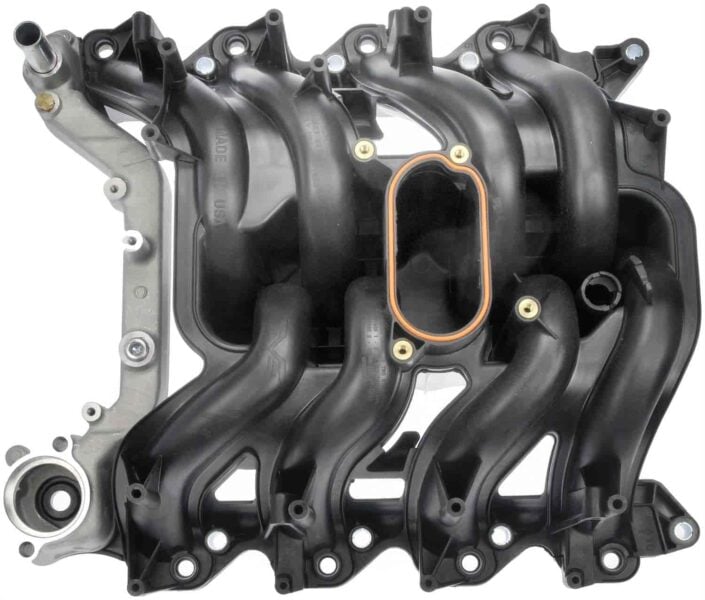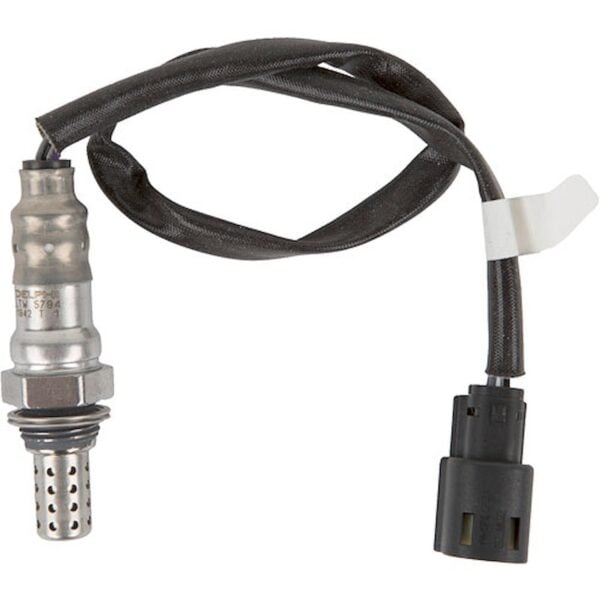Sign up now to join the JEGS email newsletter and be the first to learn about new products, special deals and e-mail only offers!


Your gasoline-engined vehicle is a marvel of automotive engineering, no matter how old and simple it may seem to you. Converting fossilized dinosaur juice into forward motion is an intricate operation and has been perfected during a timeframe of over a century. In this article, we will explain everything pertaining to fuel injection, including the costs of fuel injectors, fuel injection systems and more.
Of course, we at JEGS carry a broad range of all things pertaining to fuel injection systems. If you’re looking at replacing your fuel injectors, we have products for nearly every vehicle, starting at $35 onwards, depending on the car and engine model. And, if it's a fuel injection system that’s your requirement, we have you covered too.
Early vehicles used a carburetor to ensure proper mixing of air and fuel for internal combustion to occur in the most efficient manner. The ideal stoichiometric ratio is 14.7 parts air to 1 part fuel. However, there are conditions such as under cold starting, where the ratio may be varied. Carburetors aren't very efficient at this, or perfectly adapting to the myriad of engine rpm and load conditions that an engine may face, so fuel injection systems started to take over by the end of the 1970s. By 1990, nearly all brand new cars came with engines that used electronic fuel injection to combine air and fuel before sending it into the combustion chambers.
Modern fuel injection systems are highly sophisticated networks, combining high-pressure fuel pumps, rails, fuel injectors, and sensors across different areas of the engine, all controlled by the vehicle’s engine control unit (ECU). The ECU dynamically responds to changing load conditions by varying several parameters, including fuel injection, ensuring that your engine performs at its best and most efficiently for the task at hand. Of course, you don't know what's going on under the hood as you drive along, blissfully unaware of the technological wonders at play.
Over the years, many types of fuel injection systems have been developed. The single point or throttle body fuel injection system was the earliest system and derived itself from carburetor designs. Port or multipoint fuel injection soon took over, and sequential fuel injection offered further gains in efficiency. The latest technology is direct injection. Let us take you through each type.
Regardless of the type of injector, it is also essential to ensure its perfect functionality. This is where knowledge such as how to test fuel injectors comes into play, and most competent repair shops can undertake this, as can a suitably knowledgeable automotive enthusiast.
Sign up now to join the JEGS email newsletter and be the first to learn about new products, special deals and e-mail only offers!

Single point fuel injection uses a single fuel injector in the throttle body to meter out an appropriate amount of fuel. This is broadly similar to the carburetor; however fuel is actively controlled by the ECU as opposed to being dispensed by a jet. Single point injection systems are relatively simple, easy to service and offer better efficiency and control than a carburetor. However, they do not produce large amounts of power and torque and are the least efficient type of fuel injection.


Multipoint fuel injection is the most common type of fuel injection used on vehicles today and dedicates a single injector for each cylinder, typically at or near the intake port hence the term "Port Injection." The ECU controls the fuel flow to each injector individually, dispensing a precise amount through each injector at the same time. This makes it very efficient, and the design ensures that liquid fuel will not collect in the intake manifold, an occurrence that can occur under cold conditions with throttle body fuel injection.
Notice how port or multipoint injection dispenses a precise amount of fuel through each injector at the same time? This means that the injectors will sometimes be dispensing fuel into a cylinder that is not yet ready for it, and the fuel tends to ‘hang around’ without being combusted and producing useful power. Sequential fuel injection systems are designed so that their ECUs control each injector independently, dispensing fuel into each cylinder at the exact moment that it is required. Sequential fuel injection offers marginal improvements in fuel efficiency over port or multipoint fuel injection, as wasted fuel charges are eliminated with it.
While the previous three methods of fuel injection do not inject fuel directly into the cylinder, direct injection does just that. The injectors directly fire into each cylinder, at the precise moment that fuel is required in a particular cylinder, just like sequential fuel injection. The ECU on direct injection cars is the most sophisticated, as the system requires extensive monitoring and adjustment of parameters in real-time. Direct injection offers benefits such as robust generation of ample power and torque. However, direct injection engines tend to emit more noise under load. To address this, some gasoline engines may use a combination of direct injection under high loads and sequential injection on part-throttle cruising.
In 1960, our founder Jeg Coughlin was frustrated by the lack of aftermarket parts available for cars to enhance their performance. This led him to found JEGS in Ohio; the rest is history, as they say. Today, JEGS maintains a physical store in Columbus, Ohio, for those who like to purchase things the old-fashioned way — but in order to cater to those comfortable ordering online, we've also created a robust e-commerce portal via our website that allows you to view and purchase thousands of the best aftermarket and OEM products from hundreds of renowned manufacturers. Talk to us at JEGS and we're always glad to offer advice.



